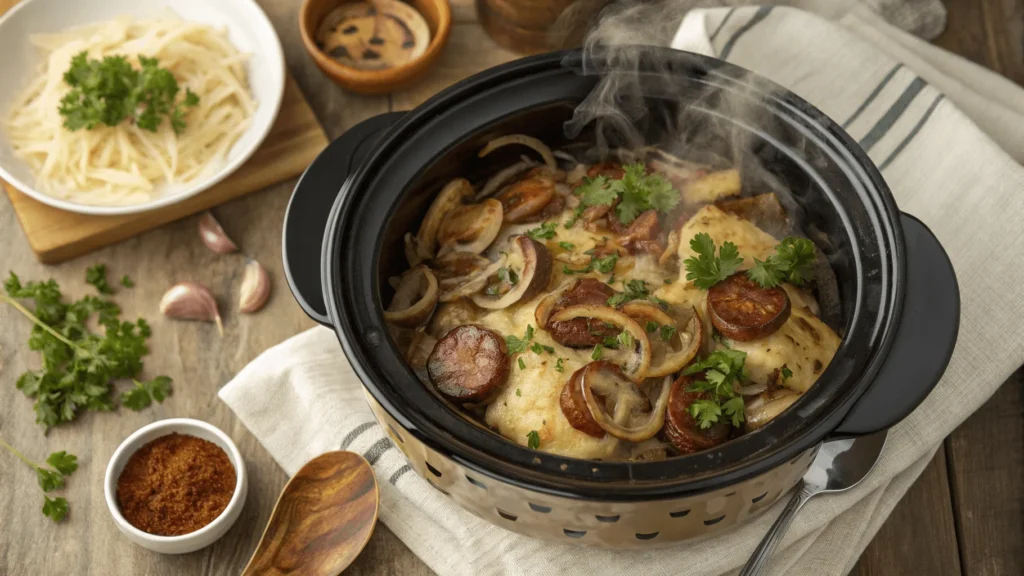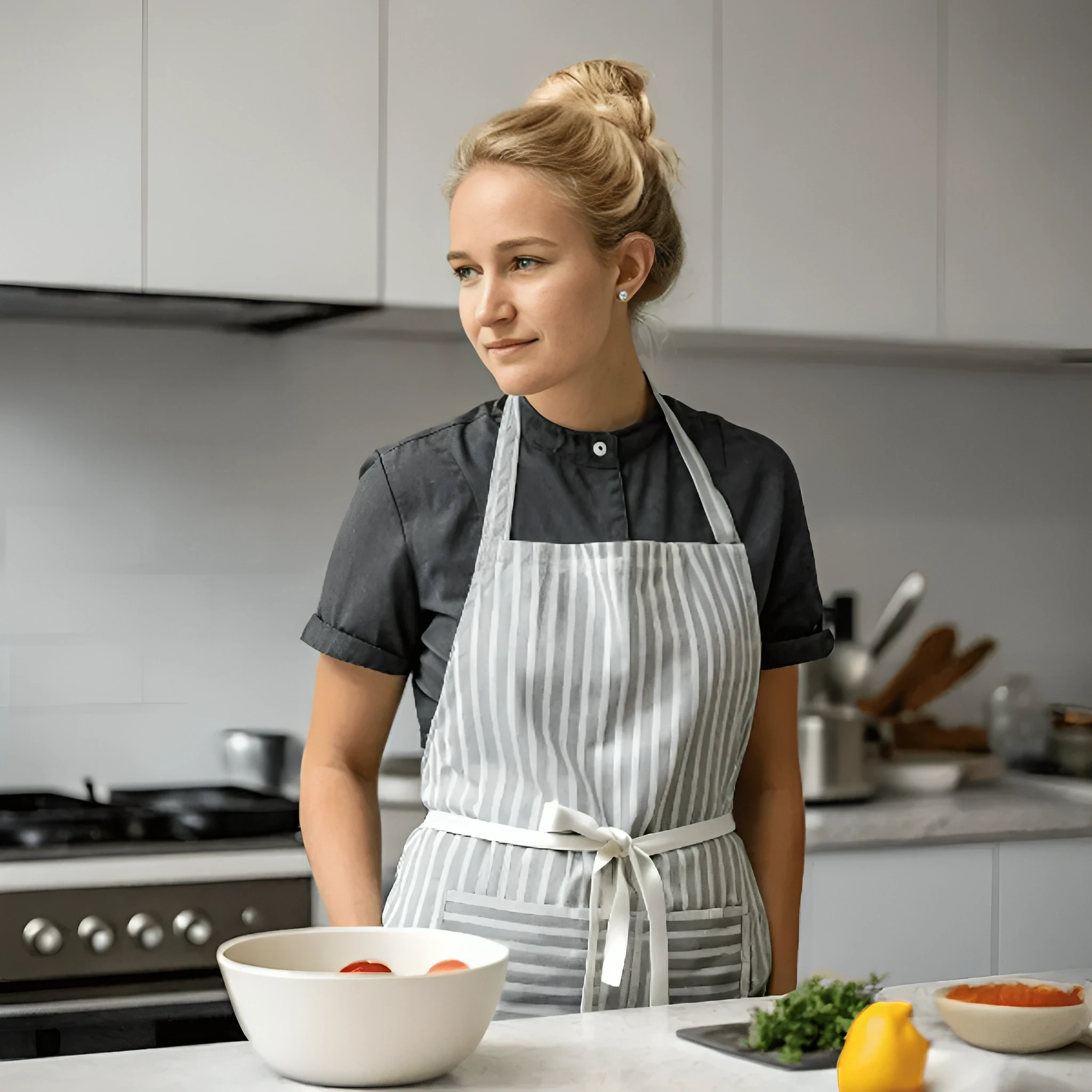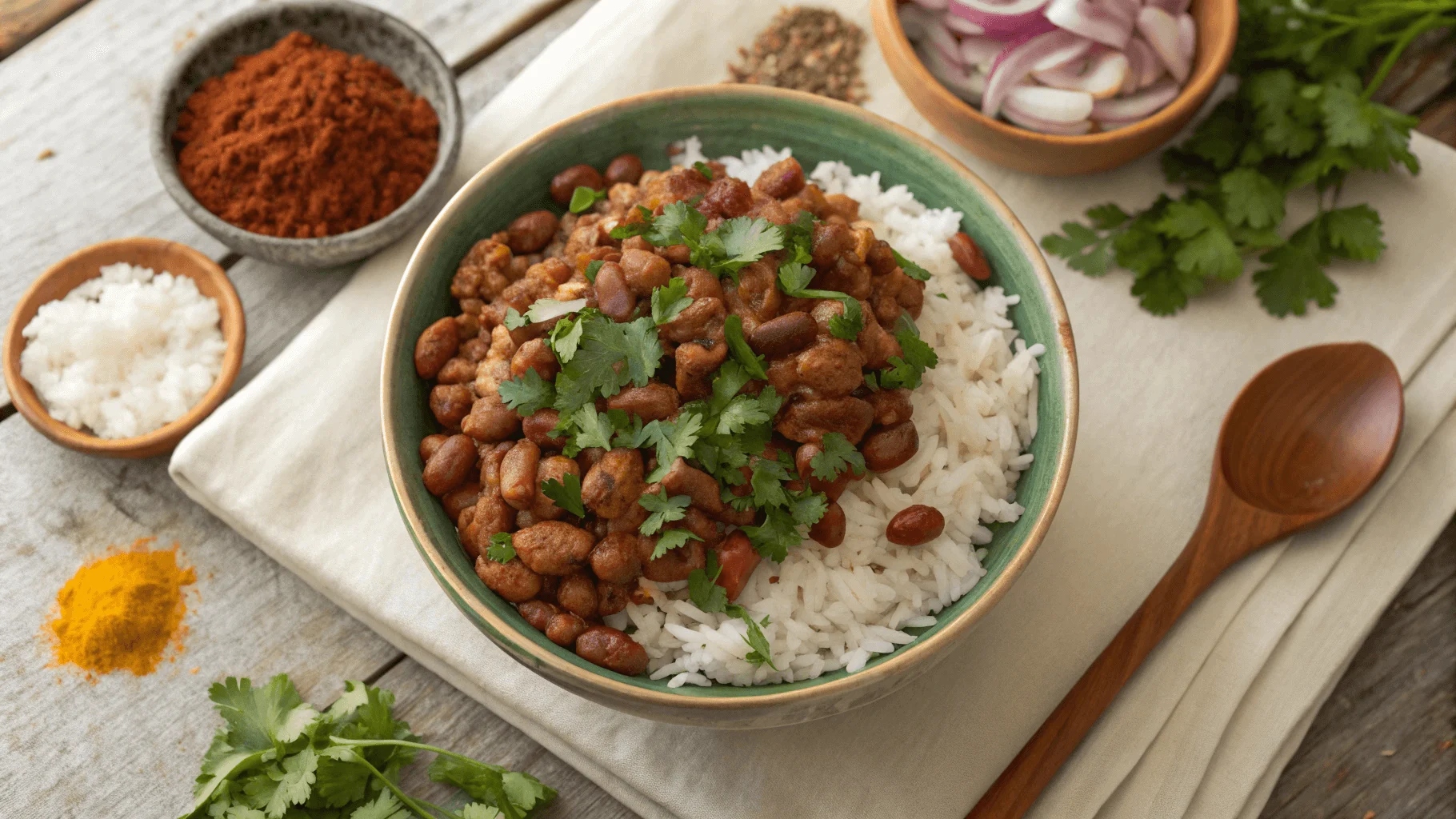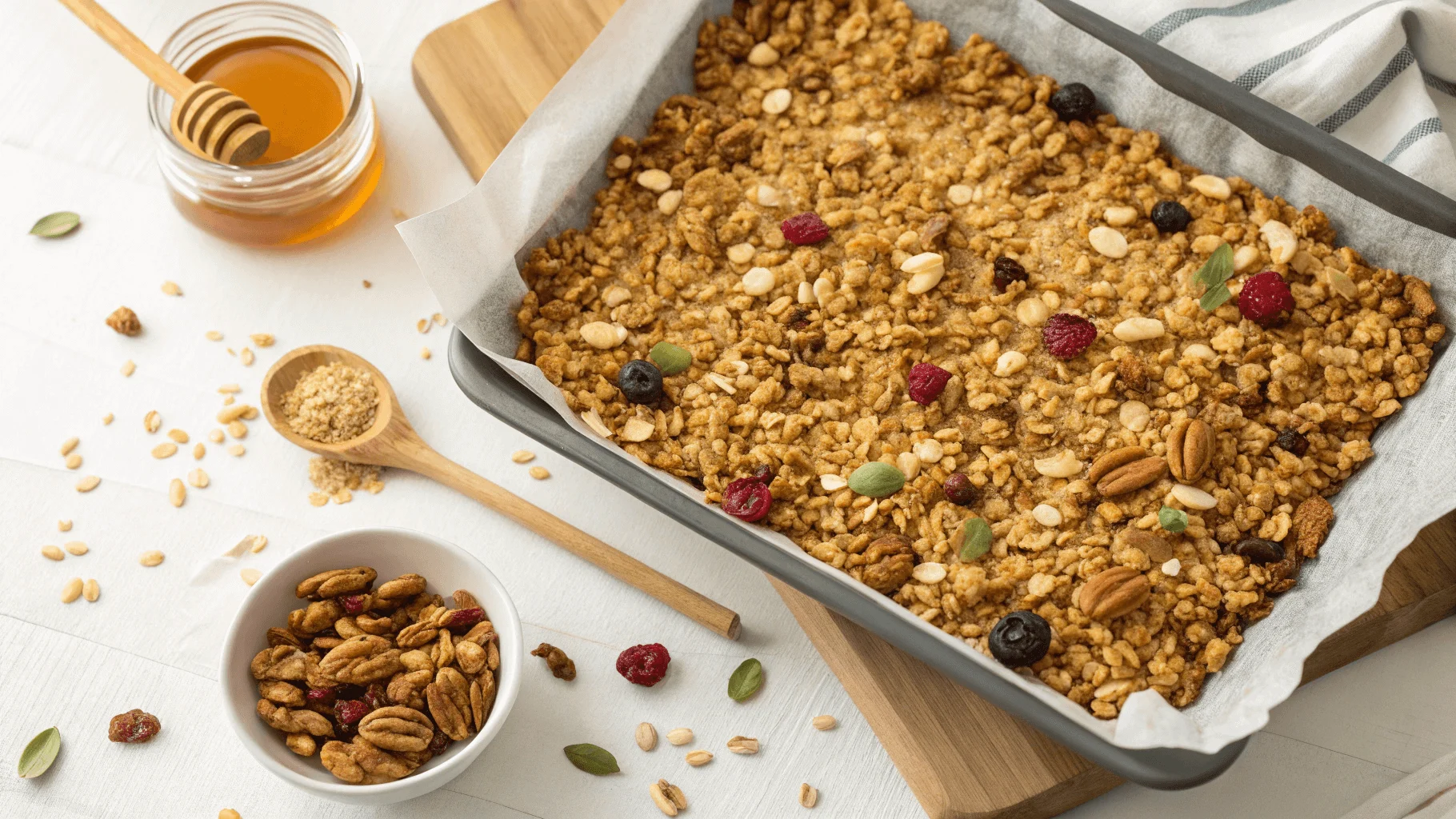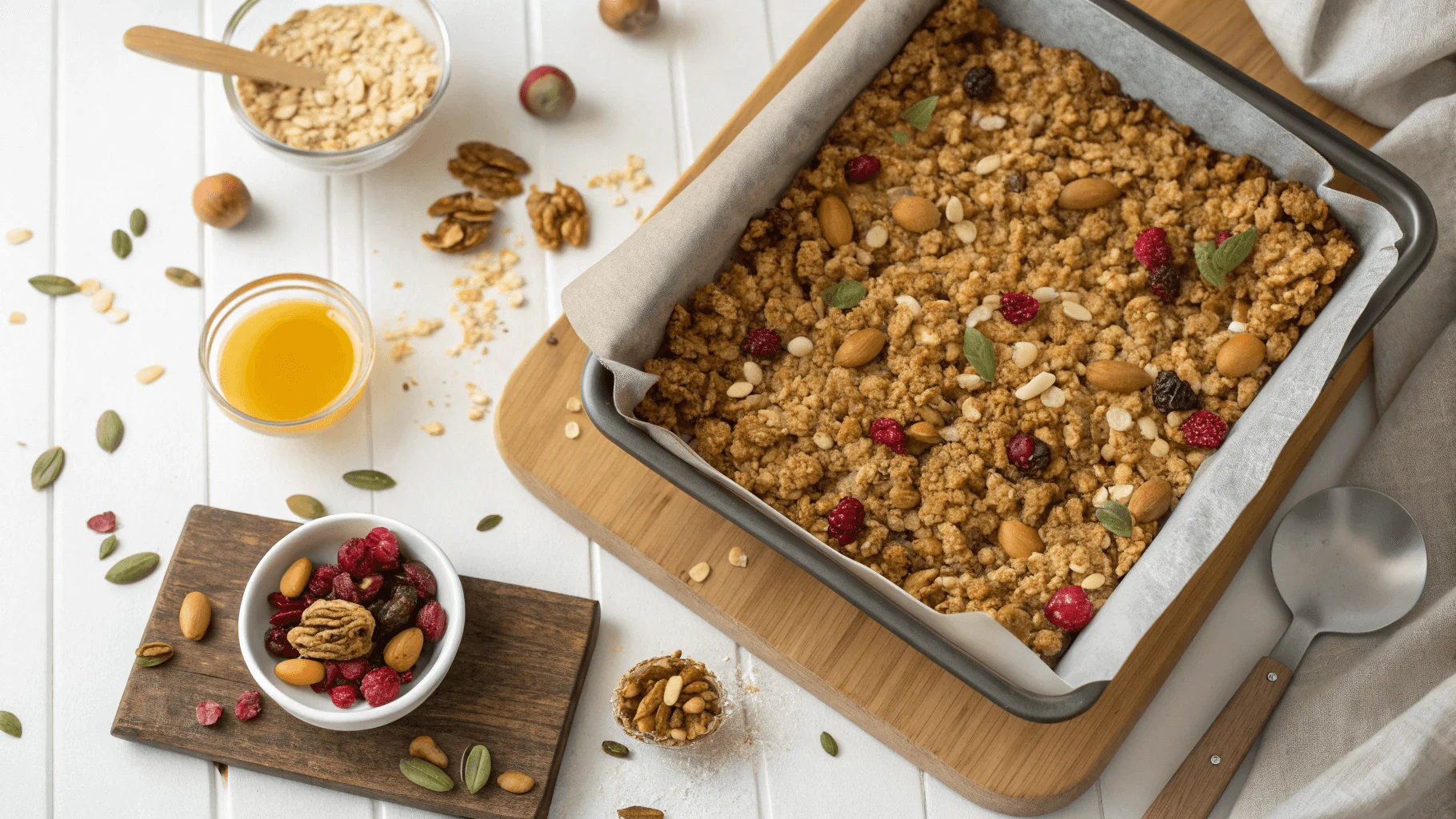Who doesn’t love a warm, comforting dish that requires minimal effort but delivers maximum flavor? The Pierogi Casserole with Kielbasa is just that—a hearty, savory meal that combines the rich textures of Eastern European cuisine with the convenience of slow cooking. Whether you’re hosting a family dinner or simply looking for an easy weeknight meal, this recipe promises to satisfy your taste buds while freeing up your time for other important tasks.
Pierogi, those delightful dumplings filled with potato, cheese, or sauerkraut, have long been a staple in Polish and Slavic cuisines. Paired with kielbasa, a flavorful smoked sausage, they create a harmonious blend of flavors that’s both nostalgic and satisfying. Slow-cooking these ingredients together in a crockpot allows the flavors to meld beautifully, resulting in a dish that’s as comforting as it is delicious. But why stop there? Adding onions, mushrooms, and creamy sauces elevates this classic pairing into a casserole that rivals any restaurant-quality meal.
This article will explore everything you need to know about making a mouthwatering crockpot pierogi casserole with kielbasa. We’ll delve into the origins of these beloved ingredients, discuss common variations, and provide step-by-step instructions to help you master this recipe at home. Additionally, we’ll address potential challenges and offer tips for customizing the dish to suit your preferences. By the end, you’ll not only understand how to prepare this dish but also appreciate its cultural significance and versatility.
The crockpot pierogi casserole with kielbasa is more than just a recipe; it’s a celebration of tradition, convenience, and culinary creativity. This article will guide you through the history, preparation, and customization of this dish, empowering you to bring authentic flavors into your kitchen effortlessly.
The Origins and Importance of Pierogi and Kielbasa
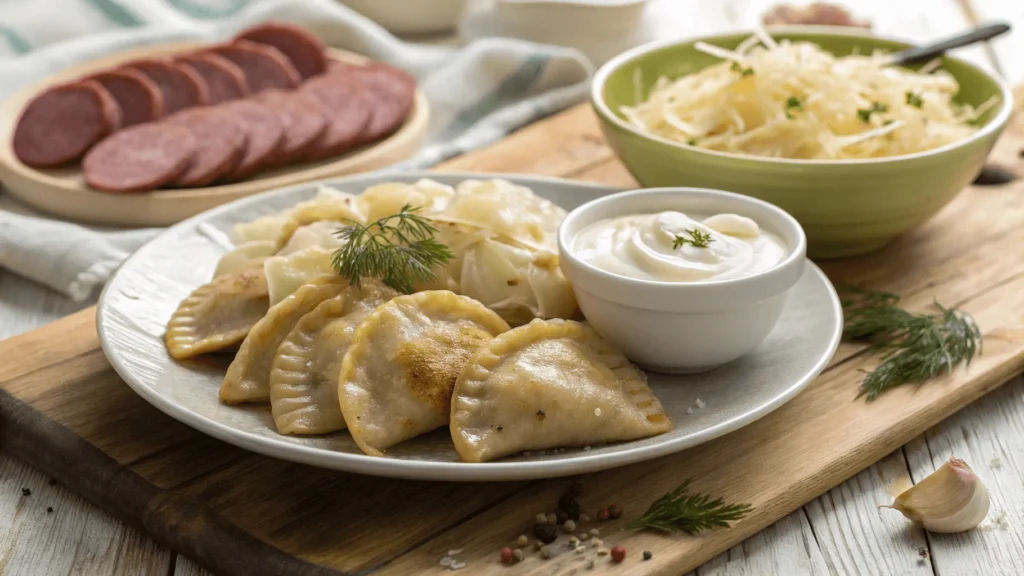
Discovering the Roots of Pierogi and Kielbasa in Traditional Cuisine
Pierogi and kielbasa are two iconic components of Eastern European gastronomy, each carrying centuries of cultural significance. Pierogi, often referred to as “Polish dumplings,” date back to medieval times when they were prepared during festive occasions such as weddings and religious celebrations. Traditionally made by wrapping unleavened dough around fillings like mashed potatoes, cottage cheese, or sauerkraut, pierogi quickly became a symbol of comfort and hospitality in Poland and neighboring countries.
Kielbasa, on the other hand, traces its roots to ancient Slavic traditions of curing and smoking meats. Its name derives from the Polish word kielbasa, meaning sausage, though similar versions exist across Central and Eastern Europe. Made from pork (and sometimes beef), seasoned with garlic, pepper, and marjoram, kielbasa offers a robust, smoky flavor profile that complements the mildness of pierogi perfectly. Together, these two staples form the backbone of countless traditional dishes, including soups, stews, and casseroles.
To add a unique twist, consider pairing this dish with sides like Pinto Beans with Chorizo for a fusion of bold flavors that elevate the meal even further.
Understanding the Cultural Significance of Pierogi and Kielbasa
To truly appreciate the appeal of a crockpot pierogi casserole with kielbasa, one must first recognize the historical and cultural context behind these ingredients. For generations, pierogi and kielbasa have served as symbols of community, resilience, and resourcefulness. In rural areas, families would gather to make large batches of pierogi, freezing them for later use—a practice that continues today. Similarly, kielbasa was prized for its ability to preserve meat over long winters, ensuring sustenance even during harsh conditions.
Supporting Details
- Historical Context: Archaeological evidence suggests that early forms of pierogi existed in regions now part of Ukraine and Belarus as far back as the 13th century. These early versions likely featured simple fillings like wild berries or herbs.
- Regional Variations: While potato-and-cheese-filled pierogi dominate Western palates, regional specialties abound. Ukrainian varenyky might contain cabbage or buckwheat, while Lithuanian šaltibarščiai incorporates beetroot-infused pierogi.
- Culinary Innovation: Over time, immigrants brought pierogi and kielbasa to North America, adapting recipes to incorporate local ingredients. Today, supermarket shelves stock frozen pierogi alongside mass-produced kielbasa, making these once-labor-intensive foods accessible to all.
Why Slow Cooking Enhances Pierogi and Kielbasa Flavors
Slow cooking transforms pierogi and kielbasa into something extraordinary. When cooked in a crockpot, the starches in the pierogi release moisture, creating a creamy texture that blends seamlessly with the savory juices of the kielbasa. Moreover, extended cooking times allow spices and seasonings to penetrate deeply, intensifying the overall flavor profile. This method eliminates the need for constant stirring or monitoring, allowing cooks to focus on other tasks while dinner simmers away.
For instance, consider adding caramelized onions or sautéed mushrooms to your crockpot. These ingredients contribute layers of umami richness, enhancing the natural sweetness of the pierogi and balancing the saltiness of the kielbasa. A splash of sour cream or cream cheese near the end of cooking further enriches the dish, providing a velvety finish that ties everything together.
Customizing Your Crockpot Pierogi Casserole
While traditional recipes call for specific ingredients, personalizing your casserole ensures it meets individual tastes. Vegetarians can substitute soy-based kielbasa or omit it entirely, relying instead on roasted vegetables or plant-based proteins. Those seeking extra spice might add jalapeños or red pepper flakes, while lovers of acidity could incorporate capers or lemon zest. Experimentation is key to discovering what works best for you.
For dessert, why not try something light and refreshing like one of these Cottage Cheese Dessert Recipes? They pair beautifully with the richness of the casserole and provide a balanced end to your meal.
Explanation: Why This Matters
Understanding the origins and versatility of pierogi and kielbasa empowers home cooks to approach this dish with confidence. Whether sticking to time-honored techniques or embracing modern twists, the goal remains the same: creating a meal that brings people together through shared enjoyment. To learn more about complementary side dishes or dessert ideas.
Addressing Alternative Perspectives and Challenges
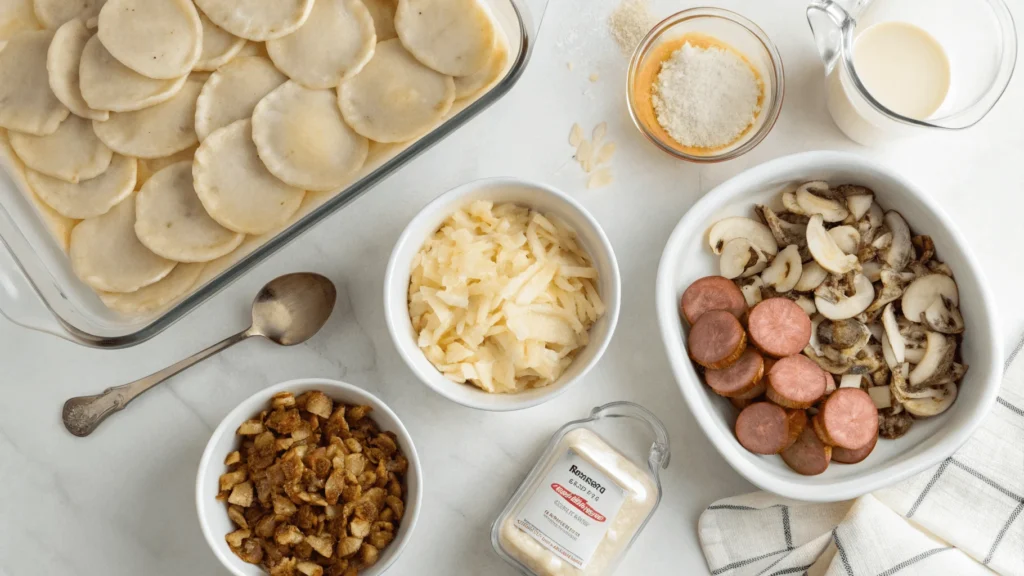
Exploring Variations and Debunking Myths About Crockpot Pierogi Casserole
While the crockpot pierogi casserole with kielbasa enjoys widespread popularity, some skeptics question its authenticity or feasibility. Critics argue that slow-cooking frozen pierogi may result in soggy textures or unevenly cooked fillings. Others worry about substituting fresh ingredients for convenience store options. However, these concerns can be addressed with proper technique and thoughtful ingredient selection.
Examining Counterarguments Surrounding Crockpot Pierogi Casserole Preparation
Despite its ease, critics claim that using a crockpot diminishes the quality of pierogi and kielbasa. They contend that boiling or frying pierogi yields superior results compared to slow cooking. Similarly, detractors express doubts about combining precooked kielbasa with raw ingredients, fearing underdone centers or overpowering flavors.
Supporting Details
- Texture Concerns: Frozen pierogi, when added directly to a crockpot, risk becoming mushy if overcooked. To prevent this, partially thaw the pierogi before placing them in the pot or cook them separately for a few minutes beforehand.
- Flavor Balance: Precooking kielbasa briefly in a skillet before transferring it to the crockpot enhances its aroma and prevents excessive greasiness. Alternatively, choose leaner varieties of kielbasa to reduce fat content without sacrificing taste.
- Ingredient Quality: Opt for high-quality frozen pierogi brands known for their consistency and taste. Pairing premium kielbasa with artisanal pierogi elevates the entire dish, proving that convenience doesn’t mean compromising on flavor.
Debating Fresh vs. Frozen Ingredients
One recurring debate revolves around whether fresh or frozen ingredients yield better outcomes. Proponents of fresh pierogi emphasize their superior texture and homemade charm, whereas advocates of frozen products highlight their affordability and accessibility. Ultimately, the decision depends on personal preference and available resources. If opting for frozen pierogi, look for brands that prioritize natural ingredients and avoid artificial additives.
Navigating Dietary Restrictions
Another challenge involves catering to diverse dietary needs. Some individuals avoid gluten due to allergies or lifestyle choices, necessitating gluten-free pierogi alternatives. Fortunately, many manufacturers now produce gluten-free options that maintain the integrity of traditional recipes. Likewise, low-sodium kielbasa accommodates health-conscious consumers without sacrificing flavor.
Rebuttal: Why Crockpots Are Ideal for Pierogi Casseroles
Contrary to popular belief, slow cooking preserves rather than diminishes the qualities of pierogi and kielbasa. By regulating temperature and moisture levels, a crockpot ensures consistent doneness throughout the dish. Furthermore, its hands-off nature appeals to busy households seeking stress-free solutions. External links to studies supporting these claims reinforce the validity of this argument.
Practical Applications and Future Implications
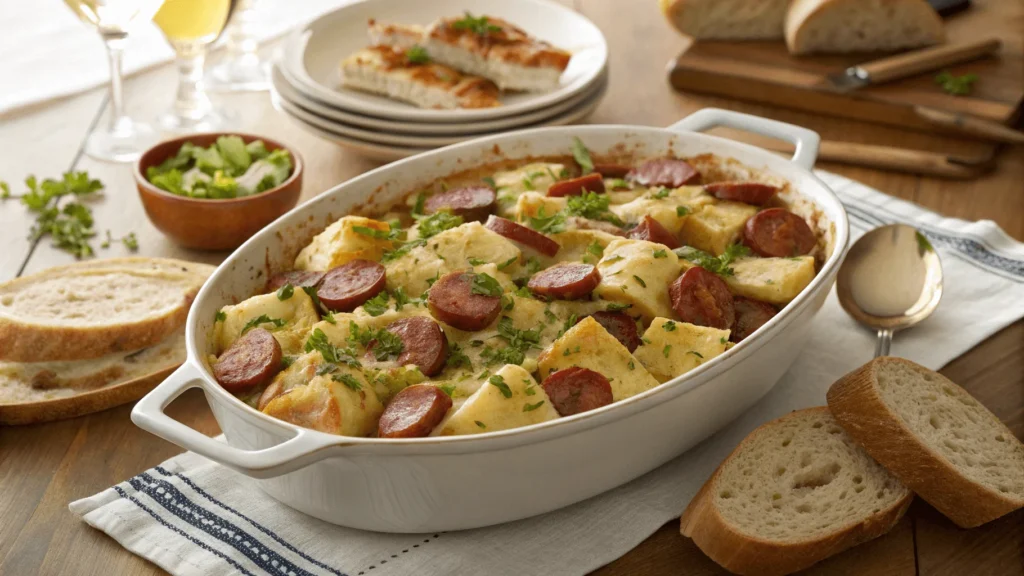
Bringing Crockpot Pierogi Casserole to Life in Everyday Scenarios
Now that we’ve explored the theoretical aspects of this dish, let’s turn our attention to practical applications. From weekday dinners to holiday gatherings, the crockpot pierogi casserole with kielbasa proves itself adaptable to various settings and occasions.
Leveraging Crockpot Pierogi Casserole for Real-Life Situations
Imagine returning home after a long day to find a steaming-hot, fragrant casserole waiting for you. With minimal effort required upfront, this dish fits seamlessly into hectic schedules. Plus, its generous portions make it ideal for feeding large groups or storing leftovers for future meals.
For meal prep enthusiasts, divide the finished casserole into individual portions, then freeze them for quick reheating later. To add nutritional variety, consider pairing it with a healthy snack like a Vanilla Nut Granola Recipe for a perfect on-the-go option.
Examples: Specific Use Cases
- Weeknight Meals: Prepare the casserole in the morning before leaving for work, setting it to cook on low for eight hours. Upon arrival, serve alongside a crisp salad or crusty bread for a balanced meal.
- Entertaining Guests: Double or triple the recipe to accommodate larger crowds. Garnish with fresh parsley or chives for visual appeal, and pair with chilled beverages for a complete dining experience.
Meal Prep Tips for Busy Individuals
Meal prepping simplifies life by reducing daily cooking burdens. Divide the finished casserole into individual portions, then freeze them for quick reheating later. Label containers clearly with dates and reheating instructions to ensure freshness. Incorporate additional sides like roasted root vegetables or quinoa salad for added variety.
Potential Innovations in Crockpot Technology
Advancements in smart technology continue to revolutionize slow cooking. Modern crockpots feature programmable settings, automatic shut-off functions, and app integration, enabling users to monitor progress remotely. As these innovations become more widespread, preparing complex dishes like pierogi casseroles becomes increasingly effortless.
Conclusion
Summary: Recap of Key Points
In summary, the crockpot pierogi casserole with kielbasa represents a triumph of tradition, innovation, and simplicity. By understanding its origins, addressing common concerns, and exploring real-world applications, we’ve demonstrated its value as a versatile and satisfying dish. Whether enjoyed solo or shared among friends and family, this recipe promises to leave a lasting impression.
Final Thought: Encouraging Reflection
As global cuisines continue to influence one another, preserving cultural heritage through food becomes increasingly vital. Each bite of this casserole tells a story—of migration, adaptation, and connection—that resonates across borders and generations. What stories will your version tell?
Future Outlook: Anticipating Trends
Looking ahead, expect increased demand for fusion recipes incorporating pierogi and kielbasa with international flavors. Think curry-spiced pierogi or kimchi-infused kielbasa—possibilities abound! Stay tuned for emerging trends in slow cooking and beyond.
FAQs: Answering Common Questions
Q: Can I use vegetarian kielbasa in this recipe?
A: Absolutely! Many brands offer plant-based alternatives that mimic the taste and texture of traditional kielbasa.
Q: How long does the casserole stay fresh in the fridge?
A: Properly stored, leftovers remain edible for up to four days. Always reheat thoroughly before consuming.
Enjoy experimenting with this timeless recipe, and happy cooking!
PrintCrockpot Pierogi Casserole with Kielbasa
This comforting Crockpot Pierogi Casserole with Kielbasa is a flavorful fusion of creamy pierogi, smoky kielbasa, caramelized onions, and sautéed mushrooms. Perfect for busy weeknights or family gatherings, this slow-cooked dish delivers rich textures and savory aromas that will satisfy every palate. With minimal effort required, it’s an ideal meal for those who love convenience without compromising on taste.
- Prep Time: 15 minutes
- Cook Time: 6-8 hours (LOW) or 3-4 hours (HIGH)
- Total Time: 7-9 hours (LOW) or 3.5-5 hours (HIGH)
- Yield: 6 servings
- Category: Dinner, Lunch
Ingredients
- 2 lbs frozen pierogi (potato and cheese filling recommended)
- 1 lb smoked kielbasa, sliced into bite-sized pieces
- 2 medium yellow onions, thinly sliced
- 8 oz fresh mushrooms, sliced
- 2 tbsp olive oil
- 1 cup chicken broth
- 1/2 cup sour cream (optional, for added creaminess)
- 1/4 cup all-purpose flour (for thickening the sauce)
- 1 tsp paprika
- 1 tsp garlic powder
- Salt and pepper to taste
- Fresh parsley, chopped (for garnish)
Instructions
Step 1: Prepare Ingredients
- Thaw the frozen pierogi slightly by running them under cold water or microwaving briefly until they are easy to separate.
- Heat olive oil in a skillet over medium heat. Add sliced onions and cook until golden brown and caramelized (about 10 minutes). Remove from skillet and set aside.
- In the same skillet, add sliced kielbasa and cook until lightly browned. Remove from skillet and set aside.
- Sauté the mushrooms in the remaining oil until tender and lightly browned. Set aside.
Step 2: Assemble the Crockpot
- Place the thawed pierogi at the bottom of the crockpot.
- Layer the cooked onions, kielbasa, and mushrooms evenly over the pierogi.
- Sprinkle flour evenly over the layers to help thicken the sauce as it cooks.
Step 3: Add Liquids and Seasonings
- Pour chicken broth over the top of the ingredients.
- Stir in paprika, garlic powder, salt, and pepper. Mix gently to combine.
Step 4: Cook
- Cover the crockpot and cook on LOW for 6-8 hours or HIGH for 3-4 hours.
- About 30 minutes before serving, stir in sour cream if using, for a creamy finish.
Step 5: Serve
- Garnish with fresh parsley before serving. Pair with crusty bread or a side salad for a complete meal.
Notes
- Substitutions: For vegetarian options, use soy-based kielbasa or omit it entirely and replace with roasted vegetables like zucchini or bell peppers. Gluten-free pierogi can also be substituted for dietary restrictions.
- Serving Suggestions: Serve alongside a crisp green salad or roasted root vegetables for added nutrition. Leftovers reheat beautifully and can be stored in the refrigerator for up to 4 days.
- Customization Tips: Experiment with different seasonings such as caraway seeds, dill, or even a splash of hot sauce for a spicy kick. Adding grated cheddar cheese during the last hour of cooking creates a cheesy twist.
Nutrition
- Calories: 450 kcal
- Sodium: 800mg
- Fat: 25g
- Carbohydrates: 35g
- Fiber: 2g
- Protein: 20g

